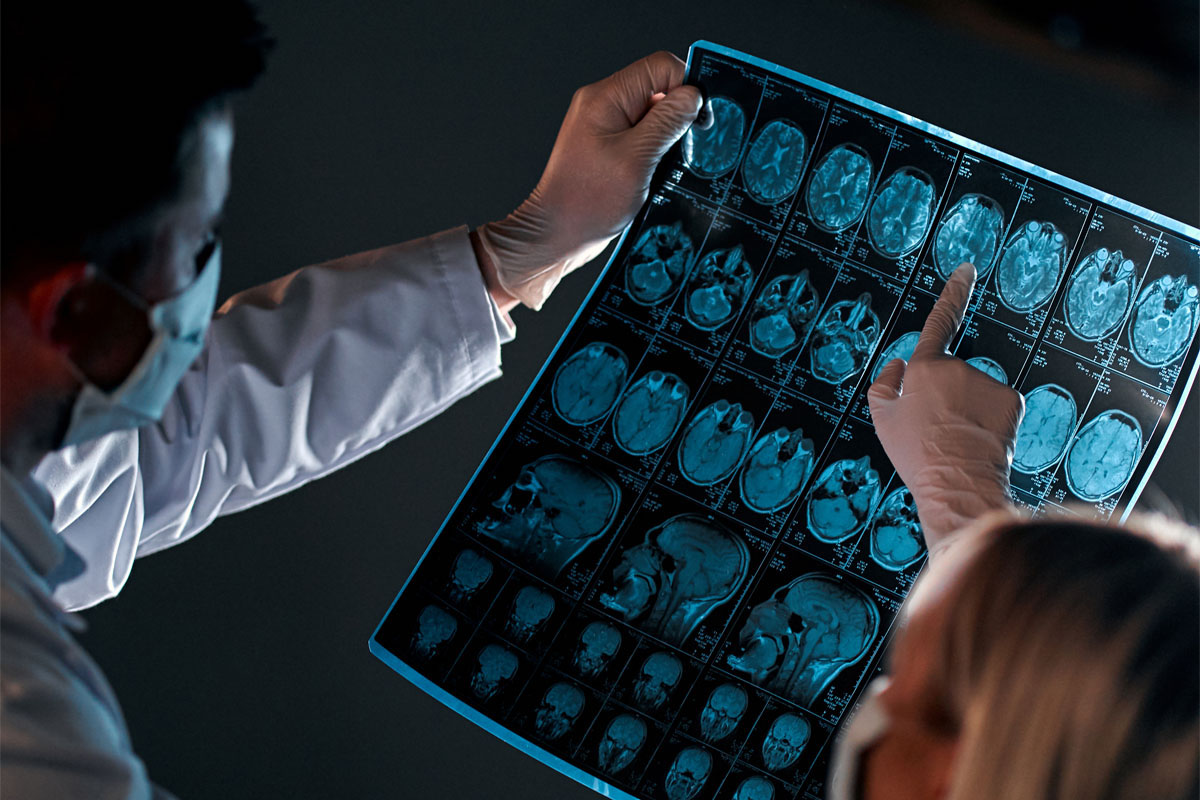Types of Dementia

When a lot of people hear the term “dementia,” one of the first things that pops into their heads is “Alzheimer’s.” In typical terminology, the two words are usually used correspondingly, and when a person’s loved one or relative shows indications of memory loss, it’s not unusual for them to say, “I pray it isn’t Alzheimer’s.”
Nevertheless, Alzheimer’s is only one cause of dementia, which is the general term for decrease in memory, reasoning and thinking skills that considerably affects daily life. Should a loved one be experiencing memory issues, Alzheimer’s might be a probable diagnosis, but there are 4 other general kinds of dementia that needs to also be thought of: Lewy body, frontotemporal, vascular, and varied.
Each variation of dementia has various qualities, and for healthcare professionals, having knowledge of the difference can help in supervising a loved one’s symptoms and getting the proper resources. Below is a breakdown of the five most common variations:
-
Alzheimer’s
This type of disease is the most typical kind of dementia, and as reported by the Alzheimer’s Association, it accounts for 60-80% of dementia instances. It is a gradual brain disease that causes damaged connections between nerve cells and tissue shrinking in areas of the brain necessary for memory functionality.
Initial signs and symptoms of Alzheimer’s differ by individual, but can include challenges finding words, confusion with time and places, problems with judging distances and difficulties in planning and decision-making.
-
Dementia with Lewy bodies
Also referred to as dementia with Lewy bodies (DLB), this type of dementia accounts for 5-10% of dementia cases, as reported by the Alzheimer’s Association. It is characterized by the presence of Lewy bodies—miniscule deposits of protein—in the nerve cells in the brain. They are linked to the decrease of connections between these nerve cells, in addition to low levels of neurotransmitters in the brain.
Since Lewy bodies are also present in Parkinson’s Disease, those with DLB might experience likewise symptoms, like shaking and other challenges moving, as reported by the Family Caregiver Alliance. Those that have Parkinson’s are also at a higher risk of developing DLB as their disease advances.
Other typical signs of DLB include sleep issues, hallucinations and difficultly keeping attention.
-
Frontotemporal
This is a kind of dementia that has an impact on the frontal and temporal lobes of the brain, which are essential to maintaining skills associated to memory, speech, decision making, problem-solving and behavioral and emotional control, according to Verywell Health. This type of dementia was once believed to be the uncommon type of dementia; however, the Alzheimer’s Association now calculates that it makes up to 10-15 % of dementia cases.
Since the frontal lobe plays a vital role in controlling emotion and self-control and leads us to behave in inoffensive ways, early indications of FTD include behavioral changes, loss of emotional management and compulsive habits. Damage to the temporal lobe could cause language challenges, so shifts in vocal patterns are also typical to FTD.
-
Vascular
Vascular dementia is the second most common kind of dementia, comprising of 20-40% of dementia cases, as reported by Verywell Health. This type of dementia stems from decreased blood supply to the brain because of blood vessels that are unhealthy, obstructed, leaking or otherwise impaired. Without the required blood supply, brain cells die, leading to reduced reasoning, memory, and thinking skills.
Common initial signs of this kind dementia include challenges concentrating, reduced speed of thinking, issues following steps and challenges with organizing and making decisions.
-
Mixed
Mixed dementia takes place when an individual has more than one kind of dementia. The most general kind of this type of dementia is Alzheimer’s/vascular, followed by Alzheimer’s/Lewy body. As reported by the Alzheimer’s Association, 1 in 10 of individuals diagnosed with dementia has grounds of more than one kind of dementia present. Nevertheless, the precise number of mixed dementia cases is unknown since it is not usually detected or determined until an autopsy is carried out. Studies indicate that it may in fact be quite typical, but research on the subject is not yet finished.
The above five causes of dementia are the most typical, but there are many other diseases and ailments that can cause dementia. These comprise of:
- Creutzfeldt-Jakob Disease: An uncommon and rapidly advancing brain disorder.
- Huntington’s Disease: A genetic ailment that breaks down nerve cells.
- Normal Pressure Hydrocephalus: A brain ailment caused by fluid increase.
- Posterior Cortical Atrophy: An uncommon ailment considered to be a variant of Alzheimer’s that causes deterioration in vision.
- Parkinson’s Disease Dementia: An outcome of brain changes caused by Parkinson’s Disease leading to the progression of dementia.
- Korsakoff Syndrome: A chronic memory ailment because of a lack of Vitamin B1.
Chaparral Winds Offers The Finest Retirement Living In Surprise, Arizona
Chaparral Winds is a retirement facility in Surprise, Arizona offering assisted living, independent living, and memory care services. For more information about our senior living facility, SLS Communities or to schedule a tour, please call us today at 623-343-4125.

